Understanding Chinese Characters Basics
Chinese characters are logograms that represent meaning rather than sounds, making them unique and visually distinct. If you want to learn Chinese for beginner, it is vital to get hold of key elements to build a solid foundation for how to memorize Chinese characters.
Structure and Components of Chinese Characters
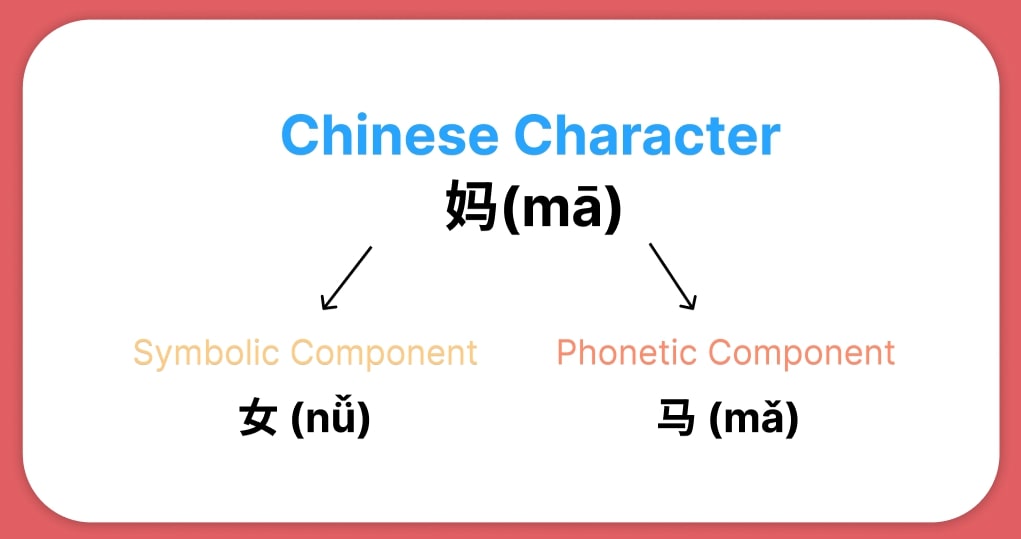
When learning how to memorize Chinese characters, understanding their structure and components is key. Chinese characters are made up of strokes, written in a specific order, which form a unified symbol. By breaking characters down into these smaller parts, you can more easily improve your memorization process.
Radicals and Their Importance
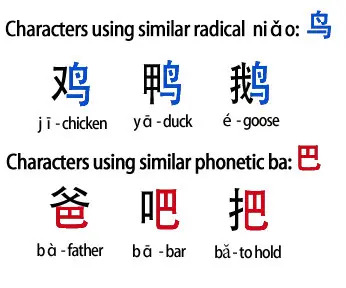
Radicals are recurring elements found in many Chinese characters. They often provide clues about the character’s meaning or pronunciation. For example, the radical 氵(water) appears in characters like 河 (river) and 海 (sea). Learning the most common radicals is a fundamental step in memorizing Chinese characters.
Simplified vs Traditional Characters

Simplified characters, used in Mainland China and Singapore, have fewer strokes and are easier to write, such as 马 (horse) instead of 馬. Traditional characters, used in Taiwan, Hong Kong, and Macau, retain their original complexity and historical structure. Choosing between them can influence your approach to memorizing Chinese characters.
Effective Strategies for Memorizing Chinese Characters
Finding the best approach to how to memorize Chinese characters can make learning more efficient and enjoyable. By combining these proven strategies, you can build a strong foundation and recall Chinese characters more effectively.
Start with Basic Radicals
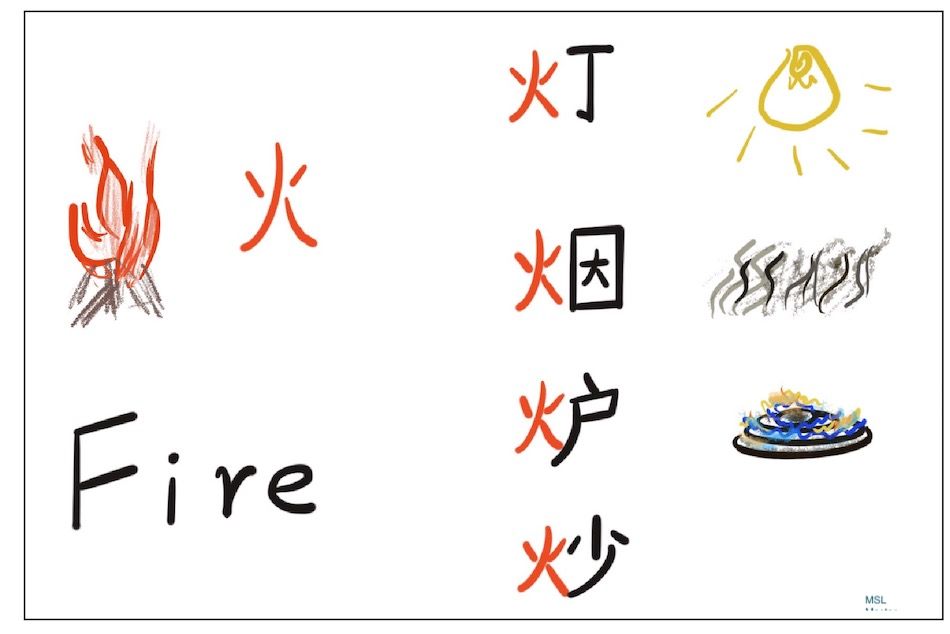
When learning how to memorize Chinese characters, start by mastering basic radicals which serve as the foundation of many characters, providing clues to their meaning and structure. These radicals also make it easier to recognize and memorize complex characters.
Use Mnemonics for Visual Associations
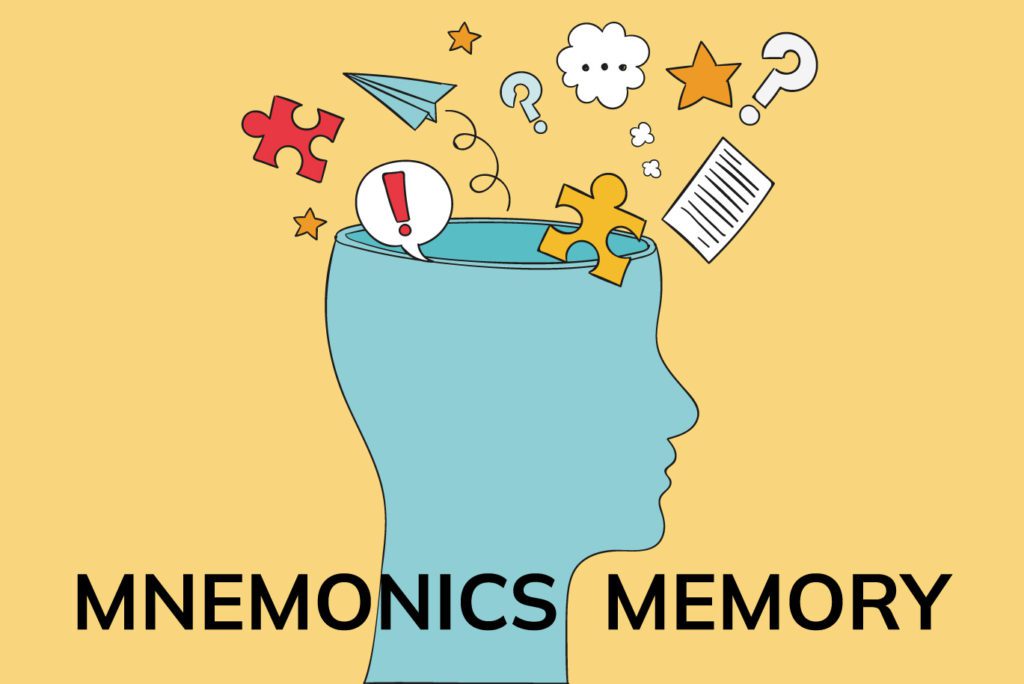
Using mnemonics for how to memorize Chinese characters can help you connect the character’s shape with its meaning. For example, “木” (mù) looks like a tree and means “tree” or “wood.” This method is highly effective for those aiming to memorize Chinese characters efficiently.
Break Down Characters into Components
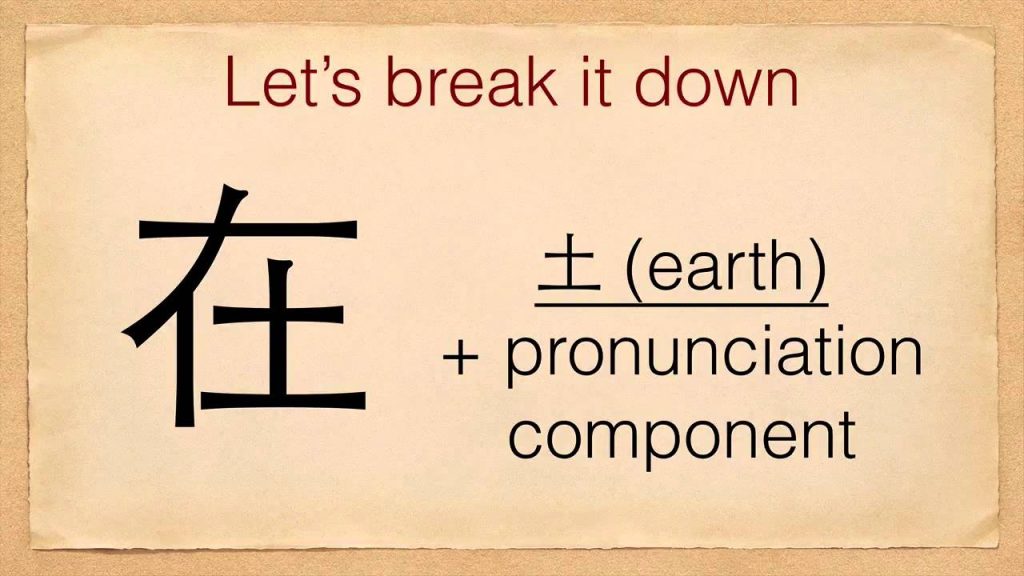
A key strategy for how to memorize Chinese characters is breaking them down into smaller components. Many characters are made up of simpler parts, such as radicals and phonetic elements, which provide clues to their meaning and pronunciation. For example, 好 (good) consists of 女 (woman) and 子 (child).
Practice Stroke Order and Writing
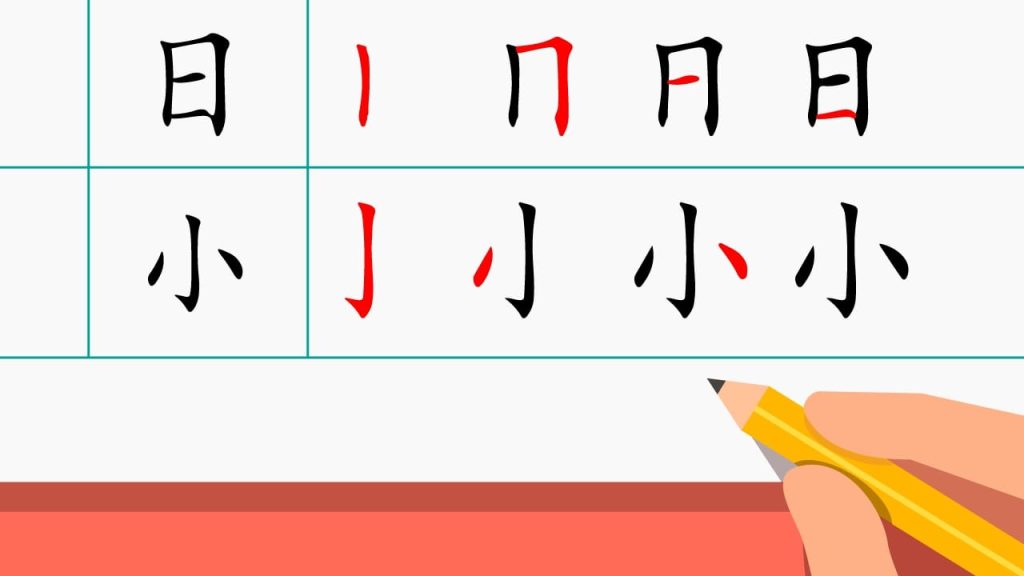
Writing characters by hand reinforces muscle memory and helps you internalize their structure. Follow the correct stroke order, as it ensures consistency and improves your ability to write characters fluently. Practicing regularly is key to mastering how to memorize Chinese characters.
Leverage Spaced Repetition Systems (SRS)

Spaced repetition tools like Anki or Skritter are invaluable for character retention. These systems review characters at optimal intervals, ensuring you retain information over the long term. Incorporating SRS into your study routine can significantly speed up your progress.
Learn Characters in Context
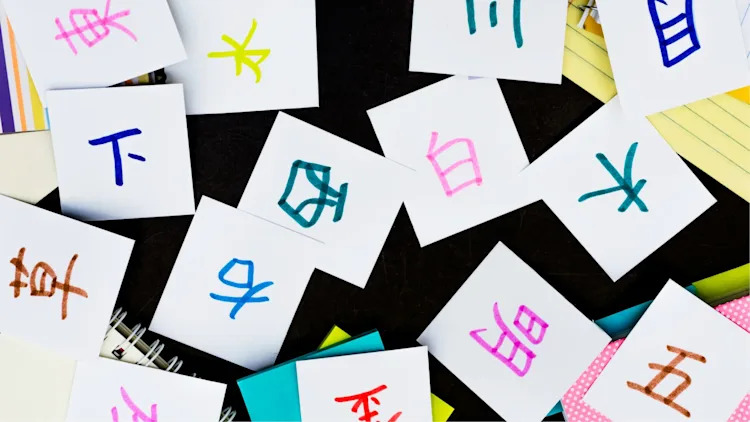
Studying characters within the context of words, phrases, or sentences enhances understanding and retention. This approach not only improves your memorization skills but also helps you see how characters are used in real-life communication.
Advanced Techniques for Mastering Chinese Characters
Once you have a solid grasp of the basics, you can implement more advanced techniques to accelerate your learning and solve with the problems on How to learn Chinese fast.
Focus on High-Frequency Characters First
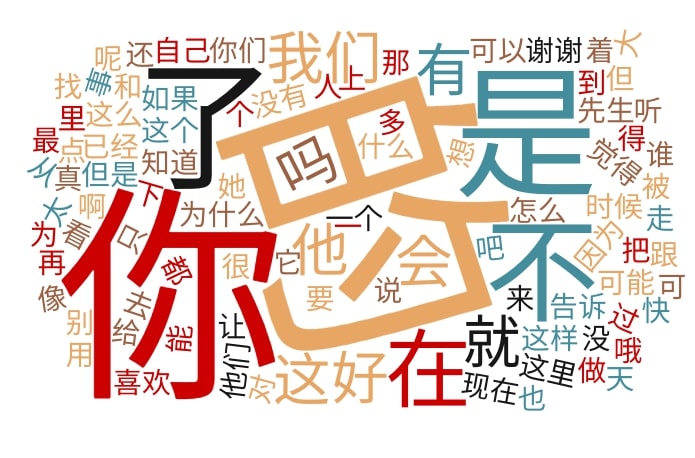
High-frequency characters appear most often in written and spoken Chinese. Prioritizing these characters allows you to quickly recognize and use essential vocabulary. Learning them first is a practical strategy for anyone wondering how to learn Chinese characters fast.
Incorporate Visual and Auditory Learning

Using a combination of visual and auditory resources is also a way to improve Chinese pronunciation while reinforce Chinese characters. Flashcards with images, videos, and audio pronunciations can help train your memory and enhance your overall language skills.
Practice Writing by Hand and Digitally

Writing characters by hand helps reinforce muscle memory, while typing them on a device strengthens recognition. By using both methods, you engage different parts of your brain, making it easier to remember and recall characters in various contexts.